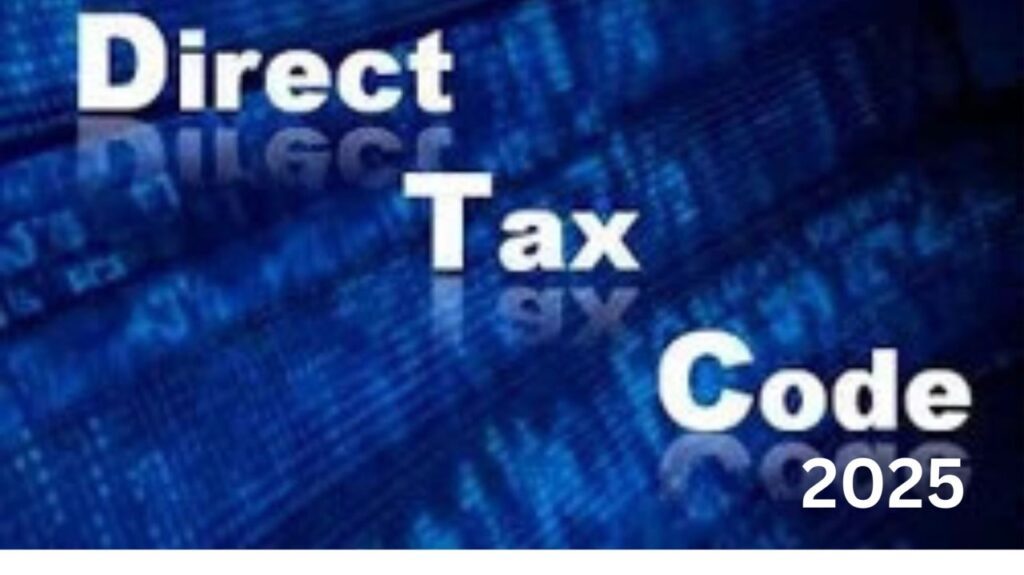The DTC 2025, or Direct Tax Code 2025, will replace the Income Tax Act of 1961, marking a transformative step in India’s tax framework. This long-anticipated reform introduces simpler and more transparent tax regulations to modernize the system. After years of delay, the government is finally set to implement DTC 2025 from April 2025, aligning with the financial year 2025-26.
Finance Minister Nirmala Sitharaman’s announcement of the Direct Tax Code 2025 underscores the government’s commitment to overhauling tax compliance for individuals and businesses. By reducing complexities, the new code aims to encourage better adherence to tax rules, lower litigation, and ensure a fairer tax system.
In this article, we examine the crucial aspects of DTC 2025 and its relevance for taxpayers and professionals preparing for exams like CA, CS, and CMA.
Decade-Long Journey to Implementation
The Direct Tax Code has been in the works for over a decade. Initially drafted in 2009 and presented in 2010, it faced numerous delays. The outdated provisions of the Income Tax Act of 1961 and the growing need for reforms necessitated the introduction of DTC 2025.
The older system had become overly complex, with countless sections, exemptions, and deductions that were difficult to navigate. Recognizing this, the government developed DTC 2025 to simplify compliance and ensure transparency in tax administration.
A key objective of DTC 2025 is to expand India’s taxpayer base. Currently, only about 1% of the population pays income tax. With the new code, the government aims to increase this figure to 7.5%, thereby boosting revenue and broadening participation in the tax system.
Key Highlights of DTC 2025
The Direct Tax Code 2025 introduces several groundbreaking changes that simplify tax procedures while expanding the tax base. Let’s explore some of its major features:
Simplified Residential Status
Under DTC 2025, taxpayers will be classified as either residents or non-residents, eliminating terms like Resident but Not Ordinarily Resident (RNOR). This change simplifies determining residential status.
Removal of Assessment Year and Previous Year Concepts
DTC 2025 abolishes the concepts of Assessment Year (AY) and Previous Year (PY). Taxpayers will now focus solely on the Financial Year (FY), making the filing process more straightforward.
Changes in Capital Gains Taxation
Capital gains will now be treated as part of normal income under DTC 2025. While this approach broadens the tax base, it could result in higher tax rates on capital gains.
Renaming Income Categories
Although the five heads of income remain, their terminology has changed. For instance, “Income from Salary” becomes “Employment Income,” and “Income from Other Sources” is now “Income from Residuary Sources.”
Unified Corporate Tax Rates
To simplify compliance for multinational corporations, DTC 2025 introduces a single tax rate for both domestic and foreign companies.
Reduction in Deductions and Exemptions
Most current deductions and exemptions are eliminated under DTC 2025. This change aims to reduce loopholes and make tax filing easier for all taxpayers.
Tax Audit Changes
DTC 2025 may allow CS and CMA professionals to perform tax audits, a task previously reserved exclusively for Chartered Accountants. This move broadens professional responsibilities in the tax domain.
TDS and TCS Expansion
Tax Deducted at Source (TDS) and Tax Collected at Source (TCS) will apply to nearly all forms of income under DTC 2025, ensuring regular tax contributions throughout the year.
Simplified Legal Framework
The current Income Tax Act comprises 298 sections, numerous sub-sections, clauses, and 14 schedules. The Direct Tax Code 2025 streamlines this structure with 319 sections and 22 schedules, making it more accessible to taxpayers.
Impact on Political Parties
While DTC 2025 aims to increase tax revenues, it controversially retains tax exemptions for political parties. This has drawn criticism from many taxpayers.
A Step Toward Simplification and Growth
The introduction of DTC 2025 marks a pivotal moment in India’s taxation history. By simplifying regulations, reducing exemptions, and broadening the tax base, the Direct Tax Code 2025 addresses many long-standing issues in the existing system. For taxpayers, professionals, and students preparing for financial exams, understanding these changes is essential. With its implementation just around the corner, DTC 2025 promises to usher in a new era of tax compliance and fairness.













